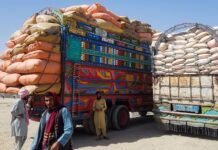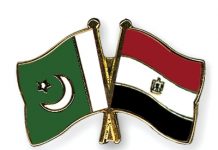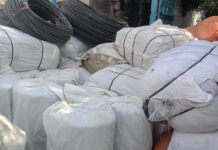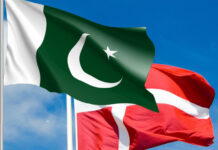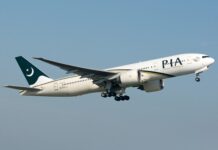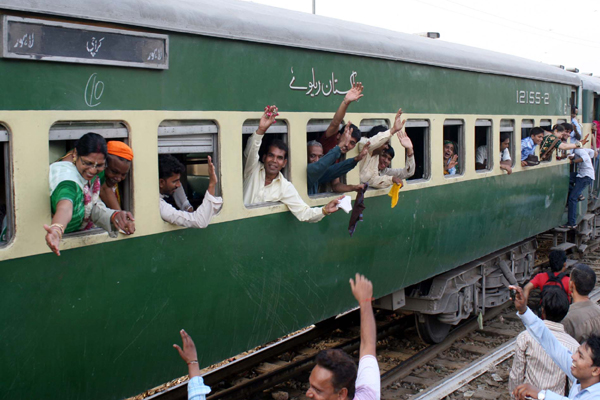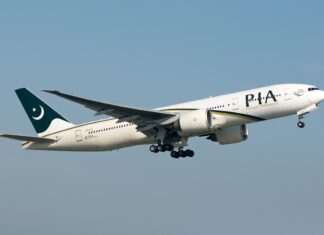Pakistan Railways (PR) is pushing for a 130% increase in the procurement cost for 1,050 bogies, raising the budget to Rs71 billion, citing currency depreciation and updated specifications.
The proposal, initially set at Rs31 billion in 2017, was deferred by the Central Development Working Party (CDWP) after facing opposition from the finance and planning ministries.
So far, 292 freight wagons and 78 passenger coaches have been procured under contracts with Chinese firms, with the remaining units scheduled for delivery by June 30, 2026.
PR attributed the cost escalation to the sharp rise in the exchange rate from Rs104 to Rs285 per USD, coupled with repeated bid cancellations under the ML-1 railway upgradation project within the China-Pakistan Economic Corridor (CPEC).
The Ministry of Finance contested the revised estimates, insisting on calculations based on an exchange rate of Rs278 per dollar. The contracts were awarded to Chinese firms, Baotou Beifing Chuangye for $41.64 million and CRRC Tangshan Co for $148.89 million, to supply freight wagons and passenger bogies, respectively.
The planning ministry expressed concern over delays in completing the railway project, initially aligned with the Sahiwal coal power plant. With the plant operational for years, officials warned that further project delays could lead to significant financial liabilities.
Planning Commission officials criticized PR for unrealistic timelines, noting that procurement processes took years to finalize and faced delays in securing advanced payments.
The commission urged PR to improve efficiency, use available manpower to boost revenues, and reduce dependency on public funding. Only Rs6.16 billion has been allocated for PR projects in FY25 under the Public Sector Development Program (PSDP).
The finance ministry highlighted PR’s underperformance, revealing that only 20% of passenger and 4% of freight traffic flows through rail, with 80% of passengers and 96% of freight moving via roads. The ministry called for a business plan to expand PR’s share of national traffic and recover investments.
PR blamed outdated rolling stock for its inefficiency, emphasizing the need for high-capacity wagons and more powerful locomotives.
It has also focused on infrastructure upgrades, including ML-I modernization to allow train speeds of up to 160 km/h, aiming to improve service quality and reduce travel times.
The rail modernization program includes new signaling systems and upgrades to the Lahore-Peshawar route to increase capacity. PR aims to complete these improvements under CPEC, which are expected to enhance Pakistan’s economic development and improve passenger satisfaction.


